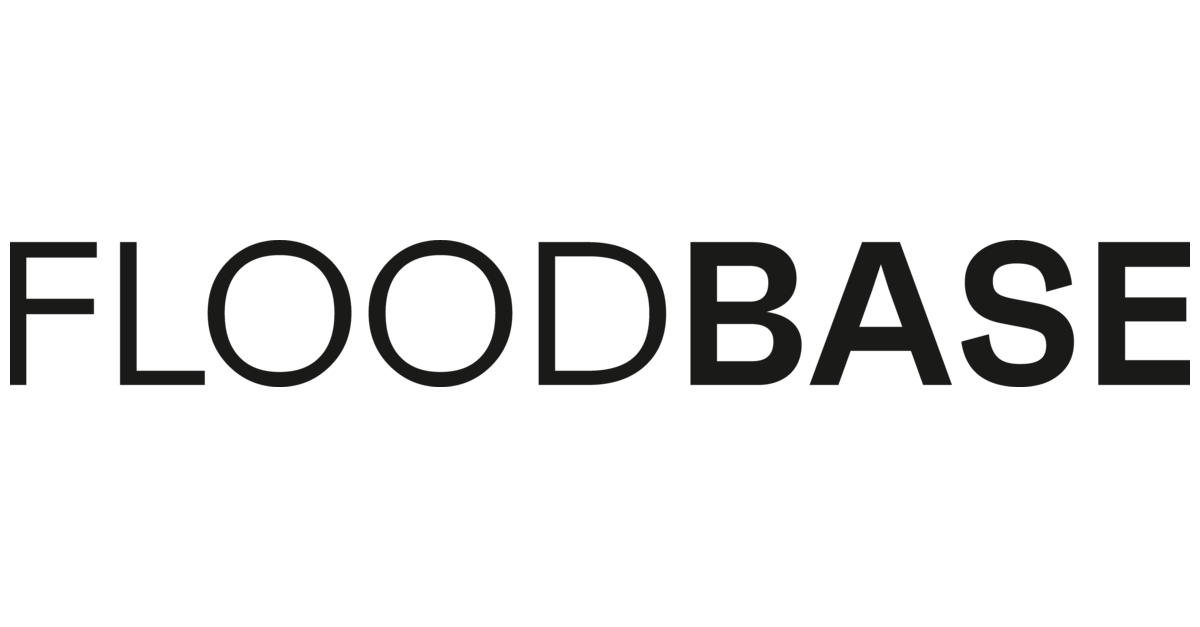Floodbase’s flood mapping accuracy outperforms leading methods by 11%
- June 24, 2025
- Posted by: Beth Musselwhite
- Category: Insurance

Insurtech Floodbase’s AI-based flood monitoring technology has proven to be 11% more accurate than current leading methods, enabling more precise monitoring and reduced prices for parametric flood insurance, according to a recent study in Geophysical Research Letters.
Developed by Floodbase scientists and engineers, the technology uses deep learning to integrate satellite observations with outputs from the US National Water Model (NWM) to produce near-real-time, high-resolution flood maps.
The peer-reviewed study showed that Floodbase’s technology generated more accurate large-area flood maps of California’s 2023 atmospheric river than those produced by National Oceanic and Atmospheric Administration’s (NOAA) National Water Center.
This deep learning model operates at a continental scale, covering large areas like the contiguous United States (CONUS) on an hourly basis over 45 years.
The improvements in accuracy significantly enhance insurers’ ability to assess flood risk, allowing them to offer more affordable flood policies, and aiding government agencies in making informed policy decisions.
Dr. Beth Tellman, Co-Founder and Chief Science Officer at Floodbase, commented, “Flooding is the most common and costly weather-related disaster in the US.
“This research builds on the already incredible capabilities of the National Water Center to detect and predict flooding over large land areas, and will enable more accurate flood monitoring, more affordable flood insurance, and more efficient disaster response across the U.S.”
Tellman added, “Flooding costs the Federal government between $180 and $496 billion each year. This rapid inundation mapping technology will enable the most vulnerable communities and sectors to better understand and mitigate their flood risks.”
Dr. Jonathan Frame, the study’s lead investigator and now an Assistant Professor at the University of Alabama, stated, “Amid increasing billion-dollar disasters, it is critical that new and enhanced technologies be developed and deployed to predict, mitigate, and monitor flood events.”
“In the era of big data, we are excited to use the latest technology to build on the work done by the National Water Center. This fusion allows us to significantly improve flood predictability, providing more accurate and timely information that will benefit policy makers, insurers, community leaders, and the nation as a whole,” Frame concluded.
This website states: The content on this site is sourced from the internet. If there is any infringement, please contact us and we will handle it promptly.



